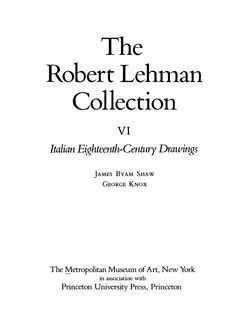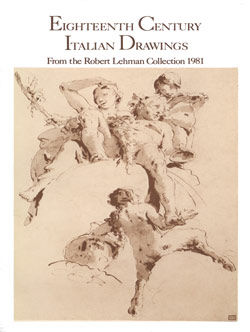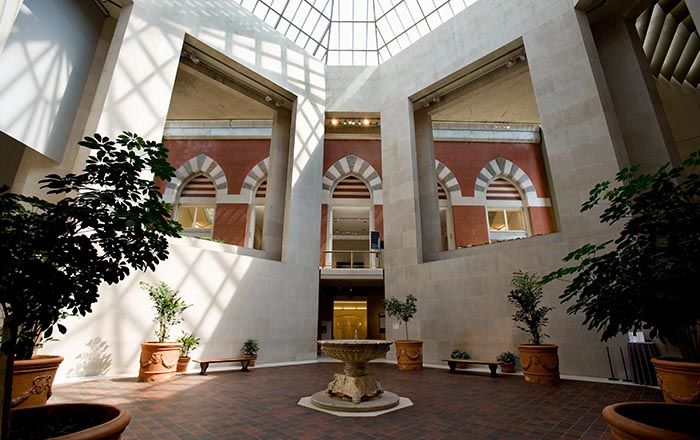Bacchus and Ariadne
Giovanni Battista Tiepolo Italian
Not on view
Giambattista Tiepolo was arguably the greatest painter of eighteenth-century Europe, celebrated for his grand decorative cycles in Venetian churches, and in the villas and palaces of Italy, Germany, and Spain. Tiepolo was equally prized as a draftsman, his powers of invention brilliant and prolific. "Bacchus and Ariadne" is one of Giambattista's most famous pen and wash drawings. It represents Bacchus with Ariadne and two members of his retinue, a putto and a satyr. As Ovid's mythology relates, Theseus abandons Ariadne on the island of Naxos, whereupon Bacchus rescues and marries her. Bacchus and Ariadne are seated on an unidentified object, perhaps a wine bottle. Although the sheet cannot be linked specifically to a painting by the artist, its low viewpoint suggests a ceiling fresco, and its subject recalls Tiepolo's ceiling decorations in the Palazzo Labia, Venice, and in the Palazzo Clerici, Milan, both dating from the first half of the 1740s.
Due to rights restrictions, this image cannot be enlarged, viewed at full screen, or downloaded.
This artwork is meant to be viewed from right to left. Scroll left to view more.





